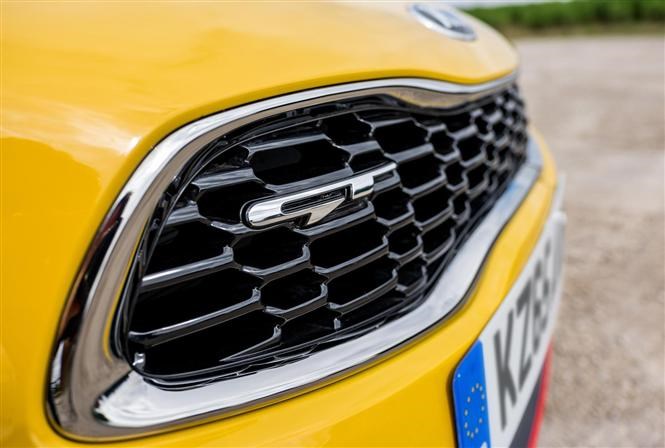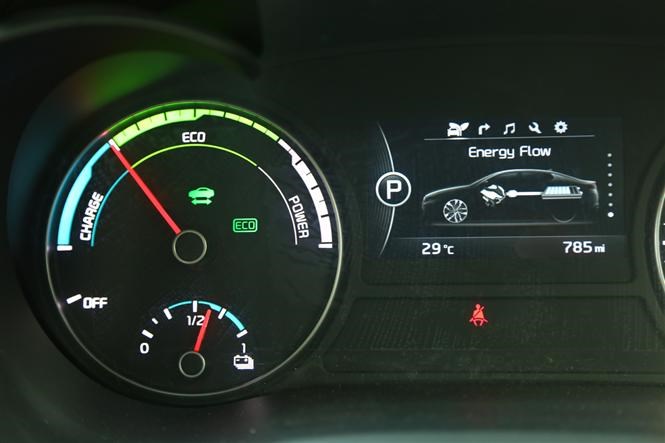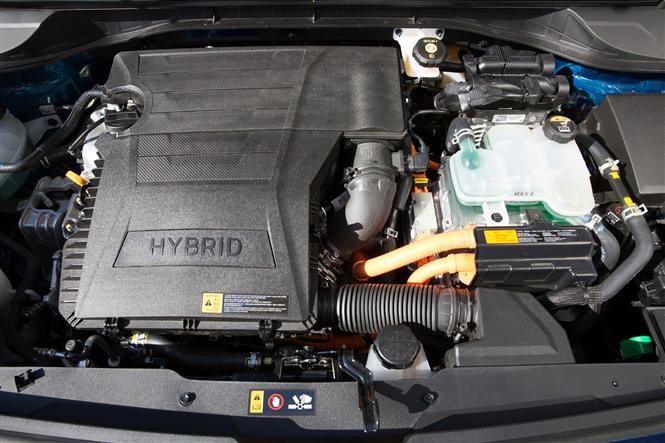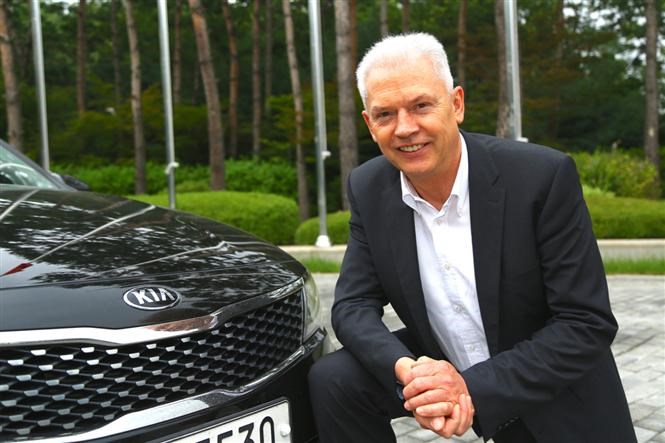Value for money, build quality and comfort all come to mind when you think of what Kia represents. Now though, the Korean manufacturer has drafted in a performance-car big hitter to help add driver enjoyment to that list.
Albert Biermann, former vice president of engineering at M Division, BMW’s high-performance offshoot responsible for super saloons like the M3 and M5, has been brought in to add some spice to the current Kia range, as well as developing racier “halo” cars.
We met at Kia’s research and development centre in Namyang, South Korea, to talk about his plans for future cars, and also had a couple of laps on the new handling circuit to experience some of the new driver-focused thinking in action. So what can you expect from your next Kia company car?
1. It’ll handle better, but won’t be any less comfortable
Biermann said: “Our current customers are happy with the value for money and quality offered by Kia, and many don’t care about the driving experience so much.
“But we want customers in our cars who are currently driving something else, so the biggest challenge for this is balancing comfort and handling performance.
“We try to match the driving experience to the region and we are quite clear what the European driving experience should be. The way we are heading will work nicely in the UK.”
2. You can have the show without the go
Even though Kia is tightening up the handling of its cars, the GT-Line trim will still offer the looks of the performance GT, but with a softer ride.
Biermann said: “Our existing customers are used to a certain driving experience so we cannot make too radical changes, we carefully have to add this driving enjoyment.

“GT models have different customers with different expectations, so GT is the real deal with a different driving experience. GT-Line will always be a trim level.”
3. The new Optima is leading the charge
If you want a clue about where Kia is heading, look at the new Optima range, said Biermann.
“The Optima platform has a very stiff, strong basis to work on and shows some idea where we are heading.
“I drove an Optima with a strong engine and I was told it was the new Optima GT. I said ‘I don’t think so’. It was very comfortable but had very slow steering response, no sound and shifted like any other Optima. Within a few days it was all figured out and then we started working.”
4. You’re more likely to get a performance hybrid than diesel
When asked whether there was a future for performance diesel models at Kia, Biermann stated: “Five years ago I would have said probably yes, today probably not. I think hybrid and plug-in hybrid is the route to follow.

“Right now we are happy with the sustainable powertrains we have – we are not working right now to make a high-powered EV to take on Tesla, but I would not exclude this, the technology is out there.
“Sooner or later we will have a performance plug-in hybrid or electric vehicle.”
5. It might feature autonomous driving tech, but will still be fun to drive manually
Good news if you enjoy driving: the adoption of autonomous technology will not make your Kia any less fun to drive.
Biermann said: “Some people think with autonomous driving chassis development is not necessary, but it will not come to a stop – there is so much emotional power behind driving a car and this will not go away.
“The biggest challenge will be engineering the car to stop people getting seasick (when in autonomous mode).”
6. You’ll be able to keep the stability control on and still have fun
Traditionally seen as an essential ritual before tackling a challenging road – there will be no need to turn off the ESC stability control in the future.
Biermann told Parkers: “Some of our old cars had a rough intervention with no power – something we have improved. It is still safe and stable but it is much faster than before.

“I can drive our high-performance model at the Nurburgring with the system fully on and not lose a second, in fact we can make our cars faster with the system on than with it off.”
On track the new ESC programme certainly seemed to have been improved, helping you drive the car quickly without cutting the power every time the limits were approached.
7. It’s more likely to have a hydrogen fuel cell than two seats and a big wing
With all this talk about performance and dynamic handling, the question of whether Kia was planning a full-on sports car seemed obvious.
Biermann responded: “First of all you need a business case for such a car and that is always a challenge. We have the fuel-cell project going and that is very important – and to expand our PHEV (plug-in hybrid) range – there is more urgency to work in those areas than to create a sports car.

“Kia doesn’t need a sports car to cover a deficiency in other areas. We have a car coming to Europe with a performance version available and that will come close to a sports car.”
Read more about future company cars here:
Why your next company car could drive itself
Hyundai to poach Prius drivers with sub-£20k Ioniq Hybrid
8 reasons why the Mercedes-Benz E-Class could be your next company car





